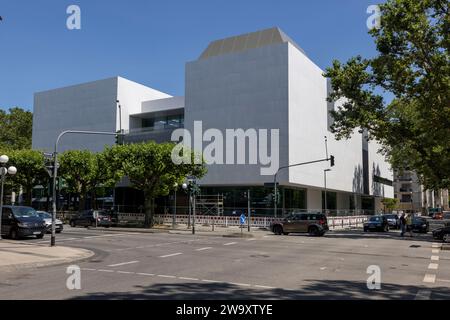
WEIGHT: 55 kg
Bust: 38
One HOUR:60$
Overnight: +50$
Sex services: Pole Dancing, Sauna / Bath Houses, Photo / Video rec, Strap-ons, Hand Relief
Official websites use. Share sensitive information only on official, secure websites. We describe a novel, inexpensive method for real-time measurement of binocular three-dimensional eye position. The instantaneous position of the marker array relative to a reference position is used to construct a rotation matrix describing the eye rotation. The mathematical computation used to determine the rotation matrix is conceptually simpler and computationally more efficient than methods previously described, allowing generation of binocular three-dimensional eye position in real-time during image acquisition.
The fluorescent marker is illuminated using a UV-A light source. The light source and reflective artifacts are filtered out to improve the signal to noise ratio. In addition, we present a method to align the camera with the center of eye rotation. We directly compared this method of VOG to the search coil technique by measuring three-dimensional eye position simultaneously using search coils and VOG in a chinchilla C. Keywords: three-dimensional, 3-D, video-oculography, eye position, UV, fluorescent, vestibular, vestibulo-ocular reflex, VOR.

Precise and accurate measurement of eye rotation is central to vestibulo-ocular research. The eye can rotate in three dimensions: horizontally, vertically and torsionally about the line of sight. In animal experiments, the search coils can either be implanted Paige and Tomko, ; Minor et al. Implantation of search coils can restrict eye movements due to conjunctival scarring and inflammation or coil lead tension. These problems become increasingly significant when coils are implanted in rodents and other species with small eyes Stahl et al.
Depending on surgical technique, coil implantation can also damage extraocular muscles and their pulleys, further distorting eye movements Demer et al. Temporarily gluing coils to the frontal surface of the eye minimizes the risk of restriction due to scarring; however, glued coils and their leads can impede eye movement range by impacting the lids and canthi.

Repeated impact of the coils against lid margins can dislodge the coils, limiting the duration of experiments. Whether implanted or glued, search coils require uniform, stable magnetic fields for transduction of eye rotation. These fields can be distorted by metallic objects and by currents flowing in equipment nearby. The drawbacks of the search coil technique have prompted efforts to develop video-oculographic VOG systems for measurement of three-dimensional eye position.





































